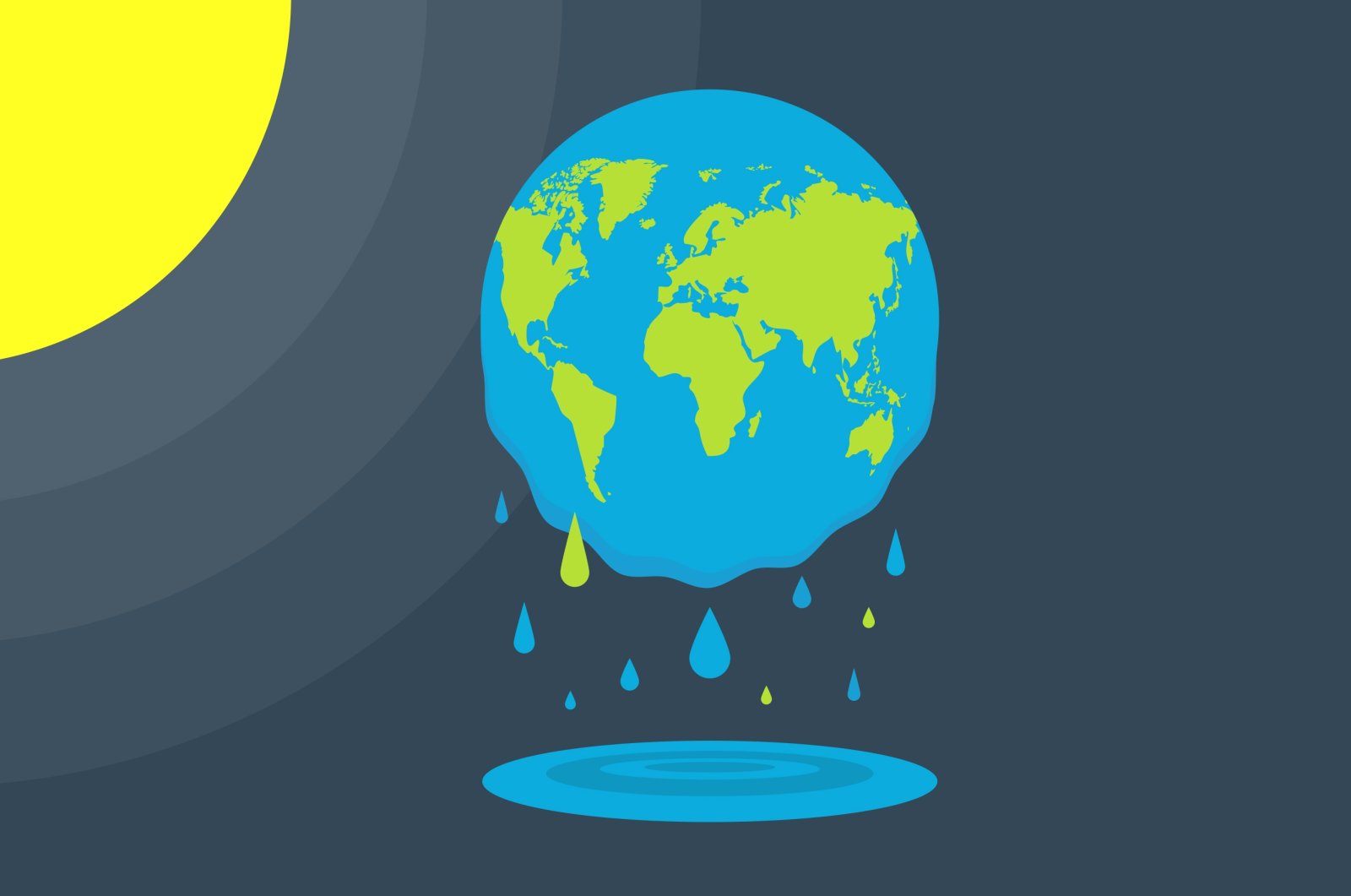
Climate change is a global crisis that might cause forced internal migrations in the future. When climate change makes some regions of the world uninhabitable, people will relocate. People cannot gamble with their lives like they do at the icecasino or any other casino. They fear dying in dire conditions like famine and water scarcity. Without immediate actions to control climate change, water scarcity, poor crop yield, and rising sea levels will trigger internal population movements by 2050.
According to a recent World Bank report named Groundswell 2.0, climate change will force two hundred and sixteen million people to migrate within their nations by 2050. In this report, researchers measured the impact of climate change in six regions. They, therefore, concluded that climate migration might crop up as early as 2030 and worsen by 2050. Again, the areas it will hit first are the poorest third-world countries in Sub-Saharan Africa. In this region only, eighty-six million people will become internal migrants.
Further, the report shows that nineteen million more people will relocate from North Africa. Moreover, the report revealed that forty million migrants hail from South Asia and 49 million others within East Asia and the Pacific. Population movements will cause immense stress on where they are coming from and where they are going. Not only will this worsen life in metropolitan places, but also stifle development projects.
To explain, when the sea-level increases, it will threaten the cultivation of rice and the production of fish in fisheries. Thus, people living within Mekong Delta in Vietnam might move to the Red River Delta and central coast area. Unfortunately, these people might encounter severe storms and other dangers there.
In addition, fleeing to other areas might create conflicts and make life harder. Also, the World Bank noted that internal migrations could trigger an economic crisis and health problems that could further complicate the situation. The report only focused on third-world countries where people earn less. The bank, therefore, estimates that the number of internal migrants could be higher if we also factor in movements from developed nations in the Middle East area to other nations.
The author claims that their findings are very crucial and can help national governments and the entire global society deal with climate change and global warming. For instance, they can create measures that would help reduce greenhouse gases and reinstate ecosystems. If global warming continues, Kanta kumari Rigaud, the bank’s front environmentalist, claims that the internal migration rate will only escalate.
But, if relevant authorities take responsibility to reduce greenhouse gases, the migrations could come down by 80 per cent. As of now, internal migration due to global warming and climate change is a reality. It will happen if we do not act now to save future generations. Population movements and displacements will also become a reality due to causes that do not relate to global warming, including population growth.
Some researchers estimate that by 2050, the South Asian Monsoon will be more powerful. It will trigger twenty per cent more rainfall in places like Bangladesh and India. In contrast, Sub-Saharan Africa might receive ten per cent less rainfall by 2050. These and similar disasters will trigger population movements within nations.



